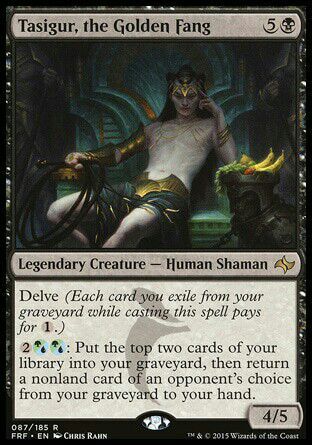
For that, the dredged card needs to be in the graveyard, and you need to pay the Dredge cost, which is to mill a specific number of cards from your own deck, thus returning the specific card to the hand. There are Rogue versions (often without Reserved List cards) of Dredge focusing on Mono-Red and Mono-Blue or, sometimes Blue-Red.Dredge is an ability that allows you to return a certain card from the Graveyard to your hand, in place of any draws you would make during the turn (which may include your initial draw). It is also one of the few decks in which the order of cards in the Graveyard matters. Watching a Dredge deck in a paper game is interesting since they often open up their Graveyard in a way most decks don't. In the Mana-Less strategy, choosing to go second is usually important since the deck wants to discard the first card to hand size and start the Dredge from there.Ĭabal Therapy is a nice option in a Dredge deck since it has a synergy with Bridge from Below. The normal Dredge deck is still considered better equipped to handle most of the opponent's answers, but Mana-Less Dredge doesn't fall behind since it can now deal with those answers too. But the printing of Force of Vigor changed this and actually put Mana-Less Dredge on the map of competitive Legacy strategies. Mana-Less Dredge was seen as somewhat of a " meme deck" or a deck of lesser power since it would concede the game most the time the opponent landed a Graveyard-hate permanent on the board - with players even saying things like the strategy of the deck for Graveyard-hate was to concede. Although the strategy slightly varies from each one, many of the cards are present in both lists.


It is considered an Aggro- Combo strategy.īoth types of Dredge decks employ the same self-mill strategy. It is a powerful strategy that is present in Legacy, Modern and Vintage. It draws its name from the Mechanic Dredge and there are two major subtypes of Legacy Dredge decks: Mana-Less and Dredge.


 0 kommentar(er)
0 kommentar(er)
